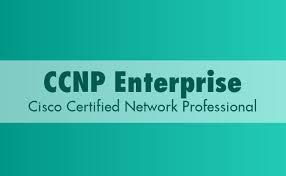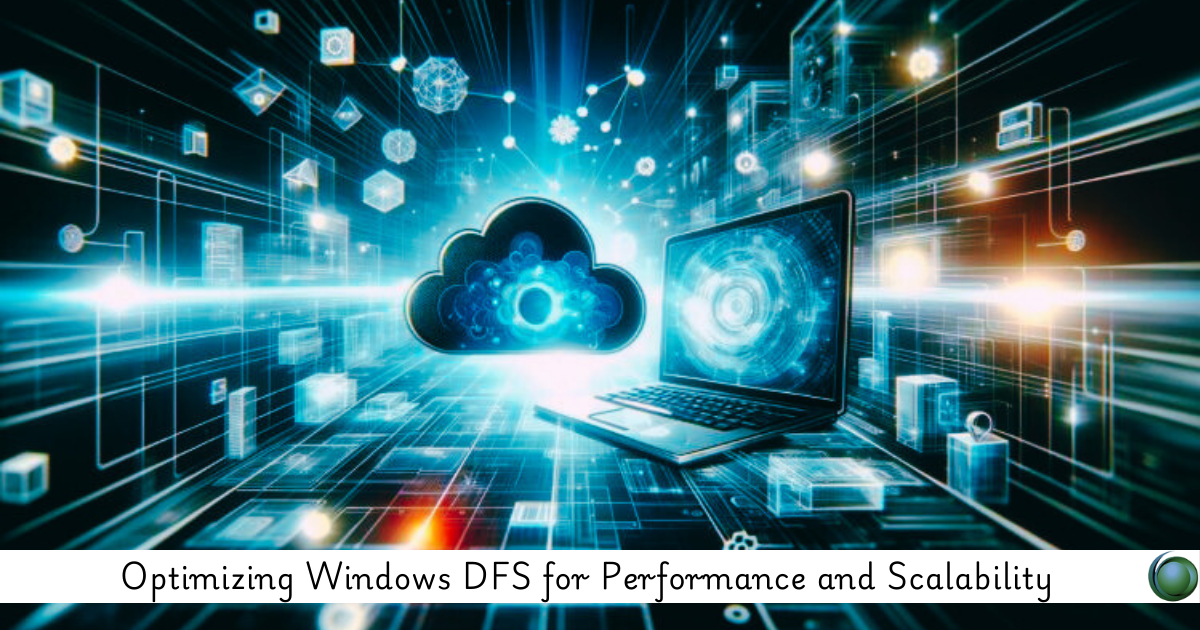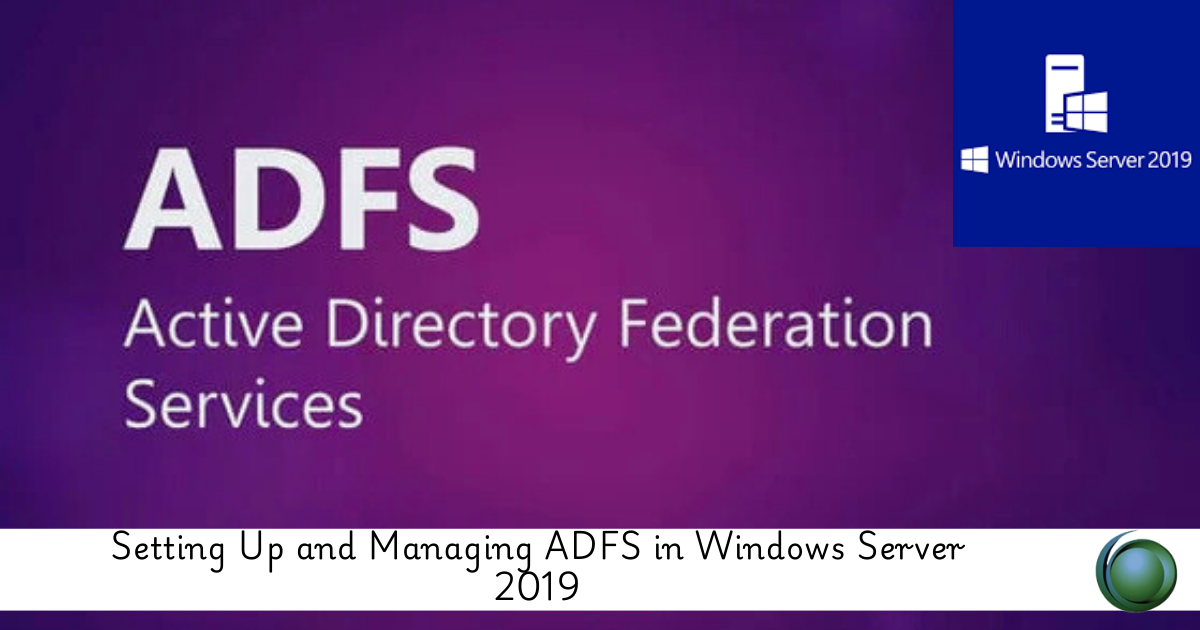Description
Introduction of CCNP ENTERPRISE
CCNP Enterprise: The CCNP Enterprise certification Training prepares you for today’s professional-level job roles in networking technologies. One of the industry’s most respected certifications Training, CCNP validates the core knowledge you need while providing the flexibility to choose a focus area. Having a Cisco Certified Network Professional (CCNP) certification validates your ability to implement and troubleshoot both LAN and WAN networks.
Prerequisites of CCNP ENTERPRISE
- Knowledge of basic networking concepts (such as CCNA or equivalent).
- Familiarity with the OSI model, IP addressing, and subnetting.
- Experience with routing protocols like OSPF, EIGRP, and BGP.
- Understanding of VLANs, switching concepts, and network security fundamentals.
Table of contents:
1: The Hierarchical Network Model of CCNP ENTERPRISE
- The Hierarchical Network Model
- The Enterprise Campus Architecture
- The Access Layer
- The Distribution Layer
- The Core Layer
- The Modular Network
2: Enterprise Network Design of Cisco Certified Network Professional
- Three-Tier Network Design
- Two-Tier Network Design
- L2 Access Layer Designs
- L3 Access Layer Designs
- Access Layer Topologies
- Data Center Topologies
3: Describe High-Availability Techniques of Cisco Certified Network Professional
- First Hop Redundancy Protocols (FHRPs)
- FHRPs in Action
- FHRP Object Tracking
- Hot Standby Router Protocol (HSRP)
- Data Center HSRP
- Virtual Router Redundancy Protocol (VRRP)
- Gateway Load Balancing Protocol (GLBP)
- FHRP Design
- SSO and NSF
4: Analyze WLAN Design Principles
- Autonomous Design
- Lightweight Design
- WLC Deployment Design
- AP Deployment Design
- Location Services
- Location Techniques
5: Differentiate Between On-Premises and Cloud Deployments
- What is the Cloud?
- Cloud Service Models
- Cloud Deployment Models
- On-Prem Data Centers
- The Private Cloud
- The Hybrid Cloud
6: Explain the Principles of SD-WAN
- Intro
- Traditional WAN Challenges
- Benefits of SD-WAN
- The Cisco SD-WAN Solution
- Cisco SD-WAN Management
- Cisco SD-WAN Topologies
- Cisco SD-WAN Programmability
7: Explain the Principles of SD-Access
- Traditional Networks
- Benefits of SDN
- SD-Access Architecture
- SDA Physical Layer
- SDA Network Layer
- SDA Controller and Management Layers
8: Explain SD-Access Fabric Operation
- SDA Control Plane – LISP
- SDA Data Plane – VXLAN
- SDA Policy Plane – CTS
- User Authentication
- Endpoint Onboarding
- Endpoint Roaming
- External Networks
- Packet Walk
9: Identify SD-Access Components
- Catalyst 9000 Switches
- Cisco SDA Routers
- SDA Wireless Platforms
- Other Supported Platforms
- The DNA Center Appliance
- The ISE Appliance
10: Explain SD-Access Services
- Network Automation
- Network Analytics
- Network Assurance
- Network Security
- Encrypted Traffic Analytics
- Anycast Gateways
- Network Programmability
11: Unpacking Cisco QoS Components
- Introduction – Unpacking Cisco QoS Components
- The Need for QoS
- Cisco QoS Models
- Methods of Classifying
- Methods of Marking
- Policing and Shaping
- Congestion Management and Avoidance
- Creating a QoS Policy
12: QoS Marking Strategy Deep Dive
- QoS Marking Strategy Deep Dive
- Marking and Layer 2 and 3
- IP Precedence vs. DSCP
- DSCP Per-Hop Behaviors
- Defining Your Trust Boundary
13: Differentiate Between Switching Mechanisms
- CAM Tables
- TCAM Tables
- Routing Information Base (RIB)
- Process and Fast Switching
- CEF and FIB
- Centralized and Distributing Switching
14: Describe Device Virtualization Technologies
- Bare Metal Data Centers
- Hypervisors
- Virtual Machines
- Virtual Switching
- Network Functions Virtualization
15: Verify Data Path Virtualization Technologies
- Virtual Routing and Forwarding Instances (VRFs)
- Generic Routing Encapsulation (GRE)
- Recursive Routing and GRE
- IPsec Communication
- IKE Tunnels
- VPN Types
16: Configure Data Path Virtualization Technologies
- Configuring VRFs
- VRF Lab
- Configuring GRE Tunnels
- GRE Lab
- Configuring IPsec
- IPsec Lab
17: Describe LISP of Cisco Certified Network Professional
- Locator-ID Separation
- LISP Control and Data Planes
- LISP Roles and Terminology
- LISP Operation
18: Describe VXLAN of Cisco Certified Network Professional
- Scaling L2 Networks
- VXLAN Operation
- VXLAN Use-Cases
19: Troubleshoot Static and Dynamic 802.1q Trunking Protocols
- Welcome to the Troubleshoot Static and Dynamic 802.1q Trunking Protocols Skill
- Reviewing Key Trunking Concepts
- Trunking Configuration Lab
- Trunking Troubleshooting Lab
- Concluding the Troubleshoot Static and Dynamic 802.1q Trunking Protocols Skill
20: Troubleshooting Cisco Etherchannel and LAG Ports
- Introduction to Troubleshooting Cisco EtherChannel and LAG Ports
- EtherChannel Review and Base Configuration
- Critical LACP Show Commands
- Additional LACP Features
- Troubleshooting Static and Dynamic EtherChannel and LAG Ports
21: Fundamentals of STP (Spanning Tree Protocol)
- Welcome to STP Fundamentals
- The Challenge of Layer 2 Redundancy
- A Strategy for Solving Layer 2 Loops
- STP Tools of the Trade
- How STP Elects the Root Bridge
- Selecting the Root Port
- Selecting Designated Ports
- Blocking
- Review
22: Optimize with Rapid Spanning Tree
- Welcome the Rapid Spanning Tree
- Backwards Compatibility
- Rapid STP Port Roles
- Rapid STP Port States (Status)
- Convergence Improvements
- Rapid STP Review
23.Configure and Verify MST (Multiple STP)
- Multiple Spanning Tree
- Load Balancing with STP
- Reducing Overhead with MST
- MST Planning and Configuration
- MST Root Modification
- BPDUs in an MST Region
- MST Regions Connecting to Non-MST Switches
- Spanning Tree Challenge Lab
- Spanning Tree Challenge Lab Walk-through
24 : IP Routing Concepts
- Welcome to IP Routing
- How Routers Learn About Networks
- IGP Routing Overview
- BGP Routing Overview
- Selecting Winning Routes for the Routing Table
- Selecting the Longest Match
- IP Routing Concepts Review
25 : Fundamentals of EIGRP
- EIGRP
- EIGRP Overview
- EIGRP Vocabulary (The beginning…)
- Reported-Advertised BW and Delay Information
- Backup Routes Concepts
- Feasible Successor (Backup Route) Lab
- Unequal Cost Proportional Load Balancing
- Passive Interface
- Metric Calculation
- Summary Routes
- EIGRP Review
26 :OSPF Foundation Concepts
- Foundations
- OSPF Overview
- Router LSAs (Type 1)
- DRs, BDRs, and Others
- Network LSAs (Type 2)
- ABRs and Summary LSAs (Type 3)
- ASBR and External LSA Type 5
- Type 4 LSAs
- OSPF Full Adjacencies
- Next Steps
27 :Basic OSPF IPv4 Configuration of Cisco Certified Network Professional
- Configuration
- OSPF Network and Interface Statements
- Correcting OSPF Costs
- Reducing LSAs with a Stub Area
- Totally Stubby Areas
- Priority and Router ID
- Configure Administrative Distance (AD) and Interface Cost
- OSPF Network Types
- Authentication
- Default Routes
28. OSPF Summarization and Filtering
- OSPF Filtering and Summarization
- Summarize at the ABR
- Summarize at the ASBR
- Filtering Routes at the ABR using Not-Advertise
- Filtering Routes at the ABR with a Filter-List
- Local OSPF Route Filtering
- Filtering at the ASBR
29 : Configure and Verify an OSPF NSSA
- Intro to OSPF NSSA
- LSA Review
- NSSA Overview
- Configure and Verify an OSPF NSSA
- ABR LSA Type 7 Conversions for NSSA
- Default routes and the Totally NSSA
30 : Configure and Verify OSPFv3 with IPv6
- Introducing OSPFv3
- OSPFv2 and OSPFv3 Common Ground
- Adding Interfaces to OSPFv3
- OSPF Updated LSAs
- Renamed LSAs
- Verifying LSA Types 3, 4, 5
- OSPFv3 LSA Review
- OSPFv3 Quiz
31 : BGP Foundation Concepts
- Introduction – BGP Foundation Concepts
- What is BGP?
- BGP Path Attributes and Loop Prevention
- BGP Sessions and Neighbors
- BGP Communication
- BGP Best Path Algorithm
32 : Basic BGP IPv4 Configuration
- Introduction – Basic BGP IPv4 Configuration
- Initializing BGP and Forming Neighbors
- Advertising Networks using the BGP Network Command
- Redistributing Networks to and from BGP
- BGP Route Summarization
33 :Basic BGP IPv6 Configuration
- Introduction – Basic BGP IPv6 Configuration
- Activating IPv6 BGP Neighbor Sessions
- Advertising IPv6 Networks using BGP
- Redistributing IPv6 Networks to and from BGP
- BGP IPv6 Route Summarization
34 :Describe Physical Wireless Communication of Cisco Certified Network Professional
- Describing Physical Wireless Communication Intro
- Describing Radio Frequencies
- Describing Wireless Signal Mathematically
- Measuring Wireless Signal Strengths (EIRP and RSSI)
- Identifying Wireless Noise Issues
- Recognizing Wireless Bands and Channels
- Recognizing the Differences in Wireless 802.11 Standards
- Identifying Capabilities of Wireless Clients
35 :Describe Wireless AP Modes and Antenna Types
- Intro to Antennas and AP Modes
- Describing Wireless Antenna Types
- Identifying Omnidirectional Antennas
- Identifying Directional Antennas
- Differentiating Between Autonomous and Lightweight Access Points
- Identifying Client-Supporting Lightweight AP Modes
- Identifying Utility-Based Lightweight AP Modes
36 :Identify Wireless Joining and Roaming Processes
- Intro to Wireless Joining and Roaming
- Identifying Wireless Frame Types
- Discovering Wireless Networks
- Describing the Wireless Connection Process
- Deconstructing Wireless Traffic Flow
- Describing Autonomous Wireless Roaming
- Identifying L2 Controller Assisted Wireless Roaming
- Identifying L3 Controller Assisted Wireless Roaming
- Describe How Lightweight APs Join a WLC
37 :Troubleshoot WLAN Configuration and Wireless Client Connectivity Issues
- Intro to Wireless Troubleshooting
- Choosing a Wireless Troubleshooting Methodology
- Troubleshooting the Intersection Between Wired and Wireless
- Troubleshooting AP to WLC Issues
- Troubleshooting Wireless Client Connectivity
38 :Describe and Configure the Network Time Protocol (NTP)
- Introduction – Describe and Configure the Network Time Protocol (NTP)
- Why Use Time Synchronization?
- How NTP Works
- Base NTP Configuration
- NTP Stratum Preference and Peers
39 :Configure and Verify IPv4 NAT/PAT of Cisco Certified Network Professional
- Welcome to Address Translation
- NAT Vocabulary
- Static NAT Lab
- Static PAT Lab
- Dynamic PAT Lab using the Outside Interface
- Dynamic PAT Lab with Pool
- Dynamic NAT
- Two-way NAT
- NAT Review
40 :Configure and Verify First Hop Redundancy Protocols (FHRP)
- Introducing First Hop Redundancy Protocols (FHRPs)
- FHRP (First Hop Redundancy Protocols) Overview
- Hot Standby Router Protocol (HSRP)
- Virtual Router Redundancy Protocol (VRRP)
- Gateway Load Balancing Protocol (GLBP)
- Applying your FHRP Skills in a Production Network
- Review of Configure and Verify First Hop Redundancy Protocols (FHRP)
41:IPv4 Multicast Fundamentals of Cisco Certified Network Professional
- Welcome to Multicast
- Multicast Overview
- Multicast Distribution Trees
- Multicast Modes
- Multicast Control Protocols
- Sparse Mode SPT Cutover
- Source Specific Multicast (SSM)
- IGMP Snooping
42:Diagnose Network Problems with Ping, Traceroute, Debug, SNMP, and Syslog
- Introduction to Diagnose Network Problems with Ping, Traceroute, Debug, SNMP, and Syslog
- Ping and Traceroute: Beyond the Simple
- Beyond the Quickfix: Debug
- The Flair and Flavors of SNMP
- The Syslog Alarm Bell
43 : Configure and Verify NetFlow and Flexible NetFlow
- Introduction – Configure and verify NetFlow and Flexible NetFlow
- Defining Netflow
- Netflow Configuration
- Analyzing Netflow Data
- Understanding and Configuring Flexible Netflow
44 :Configure and Verify SPAN/RSPAN/ERSPAN
- Introduction – Configure and Verify SPAN, RSPAN, ERSPAN
- Exploring the span of SPAN
- Configuring SPAN
- Configuring RSPAN
- Configuring ERSPAN
45 : Configure and Verify Cisco IP SLA
- Introduction to Configure and Verify Cisco IP SLA
- What is IP SLA?
- Configuring IP SLA Ping Functionality
- Configuring IP SLA HTTP Functionality
- Using IP SLA to Make Routing Changes
46 : Configure Enterprise Campuses with DNA Center Workflows
- Welcome to Enterprise SDN
- Four Workflows of DNA
- Design
- Policy
- Provision
- Assurance
- Summarizing the DNA Center Workflows
47 :Configure and Verify NETCONF and RESTCONF
- Enabling NETCONF and RESTCONF
- Configuring NETCONF
- Verifying NETCONF
- Configuring RESTCONF
- Verifying RESTCONF
- Summarizing NETCONF and RESTCONF Configuration
48 : Configure and Verify Device Access Control
- Introduction – Configure and Verify Device Access Control
- Securing Terminal Lines
- Understanding Cisco AAA
- Configuring AAA Authentication
- Configuring AAA Authorization
49 : Configure and Verify Access Control Lists
- Introduction to Filtering ACLs
- Access Control List (ACL) Overview
- Standard Numbered ACL Lab
- Standard Named ACL Lab
- Extended ACLs
50 :Configure and Verify Control Plane Policing (CoPP)
- Welcome to CoPP
- MQC Overview
- Class Maps
- Policy Maps
- Service Policy for the Control-Plane
51 : Understanding REST API Security
- Intro to REST API Security
- What is a REST API?
- REST APIs are Hackable
- Secure Your REST API
- REST API Authentication
52 : Configure and Verify Wireless Security Features
Introduction to Wireless Authentication
- Wireless Security Authentication Options
- Configuring Wireless Preshared Key Security
- Configuring Wireless Extensible Authentication Protocol (EAP) Security
- Configuring Wireless Web Authentication
53 : The Components of Network Security Design
- Intro to components of Network Security Design
- Network Access Control
- End Point Security
- Next Generation Firewalls and IPS
- TrustSec and MACsec
54 : Interpret Python Scripts of Cisco Certified Network Professional
- Interpreting Python Scripts
- Understanding Python Variables
- Working with Python Data Types
- Understanding Python Lists and Dictionaries
- Running Code Conditionally
- Looping Code
- Introduction to Classes in Python
- Bundling Code into Functions
- meters with Functions
- Interpreting Python Scripts Summary
55 : Use REST APIs and JSON of Cisco Certified Network Professional
- You are a Network Developer
- API vs. SNMP vs. CLI
- What is a REST API?
- Navigating a REST API
- HTTP Verbs
- Programming 101: Data
- Programming Playground Lab
- JSON, YAML, or XML?
- Interpreting JSON
- REST API Lab
- Becoming a Network Developer
56 : Understand and Explore Data Models of Cisco Certified Network Professional
- Structuring Structured Data
- The Core Concept of Data Models
- Where YANG Comes Into Play
- Exploring YANG Data Models in Depth
- OpenConfig, Native, and IETF Models
- Summarizing Data Models
57 : Enterprise Automation with DNA Center Platform
- Automate the Automator
- Where the Platform Fits In
- Exploring the Platform’s Capabilities
- Interpret API Responses with Postman
- Scripting DNAC Calls with Python
- Summarizing DNA Center Platform
58 : Understanding the SD-WAN vManage API
- Software Define all the Things
- Where SD-WAN Fits in the Enterprise
- The Cisco SD-WAN Platform
- Exploring the SD-WAN vManage API(Ref: Introduction to CSSLP and Secure Software Development)
- Testing out API Calls with Postman
- Scripting SD-WAN Calls with Python
- Summarizing SD-WAN Automation
59 : Automating Devices with the RESTCONF Protocol
- The Newcomer – RESTCONF
- RESTCONF Foundations
- Basic RESTCONF Testing with Postman
- Changing Device Configs with RESTCONF and Postman
- Scripting RESTCONF with the Python Requests Library
- Summarizing RESTCONF
60 : Implement Cisco Extended Event Management (EEM) Applets
- Extended Event Manager Automation
- How EEM Works
- EEM Applet Syntax
- Hello World – Creating an EEM Applet
- Create a Real World EEM Applet
- Summarizing EEM Applets
61 : Agent vs. Agentless Orchestration Tools of Cisco Certified Network Professional
- Ansible Network Automation
- Puppet Network Automation
- Chef Network Automation
- Ansible Lab
- Puppet Bolt Lab
- SaltStack
For more inputs on CCNP Enterprise Training you can connect here.
Contact the L&D Specialist at Locus IT.
Locus Academy has more than a decade experience in delivering the training on this for corporates across the globe. The participants for the training on CCNP Enterprise are extremely satisfied and are able to implement the learnings in their on going projects.







Reviews
There are no reviews yet.